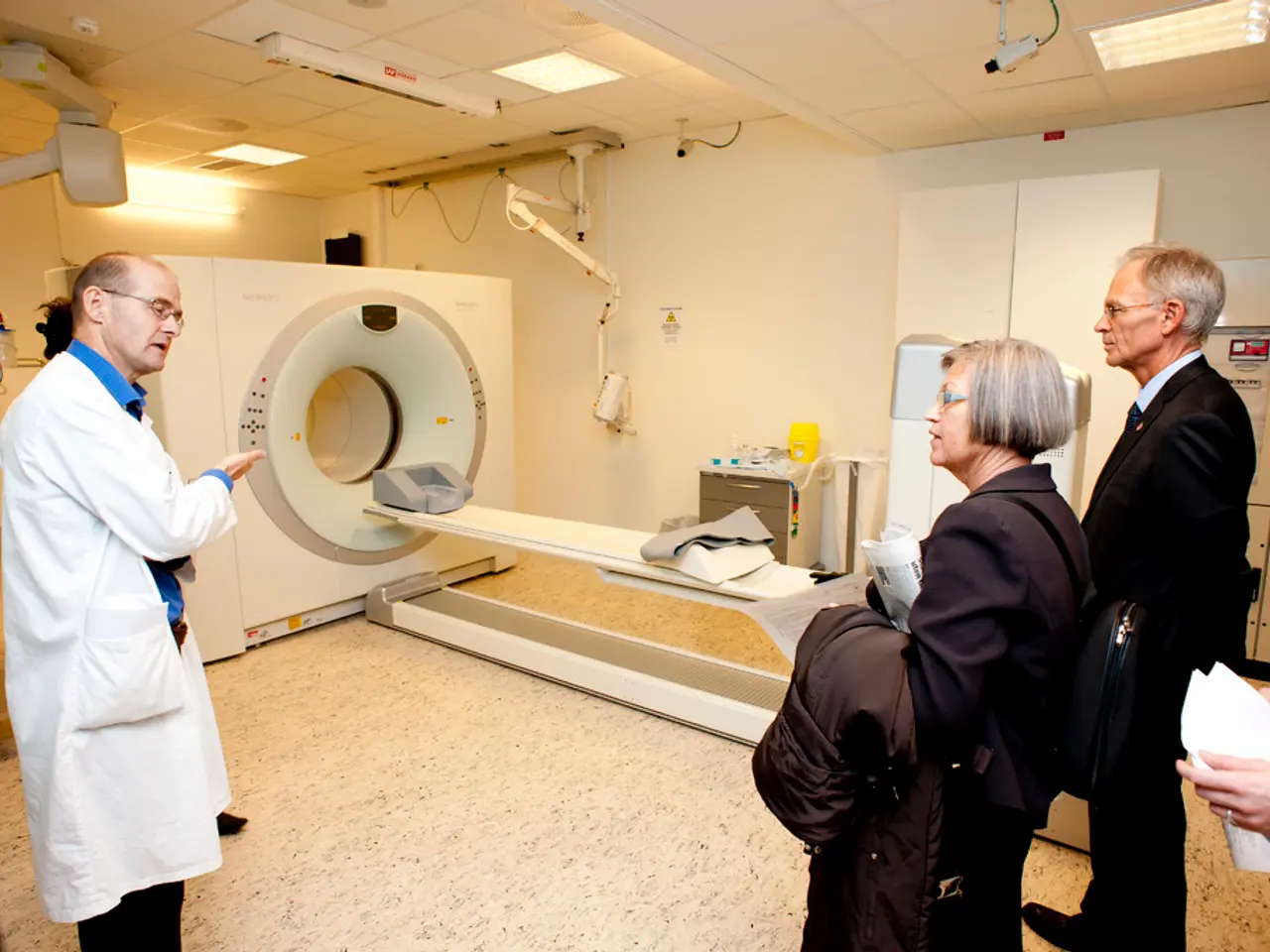Advanced Radiotherapy Center, OncoRay in Dresden, introduces new Computerized Tomography (CT) technology
Dresden Reinforces Global Status as a Hub for Medical Innovations with New Radiation Therapy Technology
Dresden, Germany, is reinforcing its position as a global hub for medical innovations and advanced cancer research with the acquisition of a groundbreaking new technology. The OncoRay National Center for Radiation Research in Oncology has received the world's first single-source photon-counting computed tomograph (PCCT) for radiation therapy.
The OncoRay project, a collaborative effort between Helmholtz-Zentrum Dresden-Rossendorf (HZDR), the Medical Faculty of TU Dresden, and the University Hospital Carl Gustav Carus, is a testament to Dresden's thriving ecosystem of research, economy, and healthcare. The acquisition was funded with two million euros from the Federal Ministry of Research, Technology and Space.
Nils Cordes, the scientific director for CT imaging in radiotherapy at the OncoRay Center, announced the funding for the new device. The close interconnection of science, economy, and clinical application is highlighted in the OncoRay project.
The new PCCT technology counts every individual X-ray photon, providing much more detailed, anatomically and functionally rich images than previous CT systems. This will enable more precise radiation planning, especially for gentle proton therapy, and can further reduce the radiation dose for patients.
Prof. Christian Richter, head of the Department of Medical Radiation Physics at OncoRay and scientific project leader for CT imaging in radiation therapy at HZDR, believes that in ten years, all CTs used for quantitative imaging will not be based on any technology other than this PCCT technology.
The DirectSPR method, previously only usable for immobile tumors, can now be scientifically evaluated for further improving the safety and effectiveness of radiation therapy with the new technology. The new PCCT device will open up the possibility of treating movable tumors, such as those in the lung or liver, with the DirectSPR method.
Better and more accurate CT images can be obtained with the new PCCT technology, allowing for even more precise radiation planning. OncoRay exemplifies the strong collaboration between research institutions and healthcare facilities in Dresden, and the OncoRay project showcases the potential for groundbreaking advancements in radiation therapy and cancer research in the city.
The successful acquisition and implementation of the world's first single-source photon-counting computed tomograph (PCCT) for radiation therapy further solidifies Dresden's position in the field of medical innovations. The new PCCT device will be installed in the coming weeks and can be clinically used from mid-July.
Dresden's commitment to cutting-edge medical research and innovation is underscored by this development, reinforcing its status as a global hub for medical innovations and advanced cancer research.
Read also:
- Understanding Hemorrhagic Gastroenteritis: Key Facts
- Stopping Osteoporosis Treatment: Timeline Considerations
- Tobacco industry's suggested changes on a legislative modification are disregarded by health journalists
- Expanded Community Health Involvement by CK Birla Hospitals, Jaipur, Maintained Through Consistent Outreach Programs Across Rajasthan








